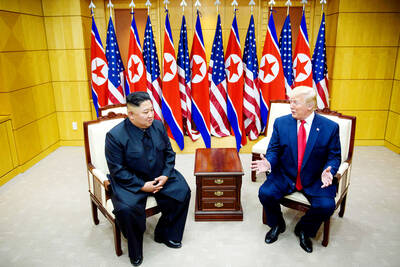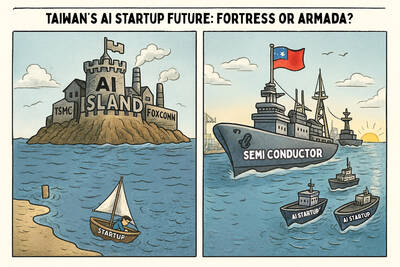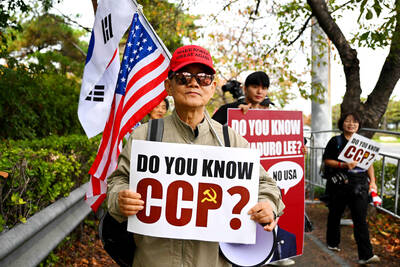During his travels, the author Bruce Chatwin famously scribbled in small black notebooks with covers made of oilcloth, a tightly woven cotton coated in linseed oil; each was wrapped in an elastic band. He stocked up on them at a Parisian paper store and took them on trips to Brazil, Afghanistan and Australia and to a dinner meeting in New York with Jacqueline Kennedy Onassis.
Chatwin wrote about the notebooks themselves in his 1987 book The Songlines, invoking the French name for them, “carnets moleskines,” which translates to imitation-leather notebooks. He also lamented that the moleskines were no longer being manufactured. When an Italian designer named Maria Sebregondi read Chatwin’s book nearly a decade later and discovered that the moleskine style of notebook had also been used by Pablo Picasso, Vincent van Gogh and Ernest Hemingway, she decided to trademark the moleskine name and revive the notebooks.
Since then, Moleskine notebooks have become an extra appendage for would-be Chatwins and van Goghs. But now they are competing with tablets and smartphones, and apps that allow people to explore their creativity.
The story of Moleskine reveals the challenges of keeping a traditional product relevant in an era of quickly evolving digital technology.
“The market of people that need, in one way or another, tools to express their ideas, is growing very, very fast,” says Arrigo Berni, chief executive of Moleskine SpA, the Milan-based company that now makes Moleskine notebooks. “A piece of this market is being taken over by digital devices.”
In recent years, Moleskine has opened its own chain of stores and has struck licensing agreements with brands like Hello Kitty, Batman and The Simpsons. It offers special journals for beer drinkers, dog lovers and chocoholics, and its color palette has expanded to include Persian lilac and frangipane yellow, among others.
The company has also signed partnership deals with digital companies like Adobe, FiftyThree, Evernote and Livescribe to allow customers to upload their writing and artwork from Moleskine notebooks to smartphones and tablets in order to digitally alter them, share them online and search them. They can also print digital artwork into notebooks.
MAKEOVER
The original Moleskine notebooks have long been celebrated for their sleek, simple design. In the mid-1990s, Sebregondi pitched the idea of resurrecting the notebooks to the Italian company Modo & Modo. At the time, the shelves of stationery stores were already stocked with blank books. In 1997, the redesigned Moleskines (now made of a synthetic fabric) hit the market.
“There were different journals on the market, but it was an unbranded market and not an inspiring one,” Sebregondi says. She explicitly linked her product to the moleskine-style heritage by including a paper insert in each notebook that name-dropped its famous users and proclaimed Moleskine as “the heir and successor to the legendary notebook used by artists and thinkers over the past two centuries.”
The appeal was for customers to imagine themselves “jumping on the shoulders of giants,” she says. “The inspiring story made the difference.”
By the mid-2000s, Modo & Modo had a small staff in Milan and annual sales of about US$26 million at the time. The European private equity firm now known as Syntegra Capital began circling; it bought the company in 2006 and renamed it.
Syntegra was lured by the company’s high profit margins and the enthusiasm of its customers, Berni says. “I had hardly ever seen something like that in my life,” he says. “People clearly showed a very strong emotional bond with the brand.”
NEW PARTNERSHIPS
In 2010, Moleskine began exploring digital partnerships. “The idea is to make the passage from the analog to the digital seamless,” says Sebregondi, who is vice president for brand equity at Moleskine.
But there’s a danger in partnerships between traditional companies and digital ones, according to William Barnett, a professor of business leadership, strategy and organizations at the Graduate School of Business at Stanford University. Traditional companies can be tempted to delegate technological innovation without actually understanding it.
“You can think they’re solving a problem for you,” Barnett says, “but there’s often no substitute for getting in there and getting your hands dirty.”
Hiring an in-house staff that understands new technology can be a better approach, according to Barnett. Moleskine decided to hire a digital strategist from Lego, which has made forays into Web games and online toy design, to oversee its digital development department. Berni and his team saw similarities between the two companies.
“Lego sells much more than just plastic bricks,” Berni says. “They have physical toys that are certainly exposed to the implications of all that is happening in the digital gaming industry.”
Moleskine’s strategy paid off in new partnerships. In 2012, Moleskine’s partnership with Evernote resulted in software that allows writers to upload the pages of their notebooks to their smartphones or tablets and then organize and share the contents. An agreement with the tech firm FiftyThree lets artists print the sketches and drawings they make using the Paper app into actual paper notebooks.
Last year Moleskine designed notebooks that are compatible with so-called smart pens made by Livescribe; as a writer scrawls in a Moleskine notebook, the words also appear digitally in a Livescribe app. And a collaboration with Adobe last year means artists can upload sketches and drawings from notebooks to their smartphones and then continue working on their art digitally.
One digital competitor of Moleskine is Mod Notebooks. Once customers are finished writing in the notebooks, they can mail them back to the company to be digitized. The notebooks cost US$29, including digitization and shipping, and are sold through the company’s Web site.
In 2013, Moleskine went public. The company has 250 employees and additional offices in New York, Shanghai, Hong Kong and Cologne, Germany. Its sales for 2014 were nearly US$104 million, according to Berni.
The digital products constitute “just a few percentage points of our business,” Berni said, but he expects this to increase. Moleskine also now sells bags, pens and other accessories.
The number of Moleskine paper products, including variations on the notebooks, has ballooned to about 500. But the top sellers are still the blank black notebooks in the original pocket size and a larger version.
“They’re intuitive,” Berni says. “There’s no complicated process of learning where to click or where to go and what to do. It’s immediate.”

US President Donald Trump may have hoped for an impromptu talk with his old friend Kim Jong-un during a recent trip to Asia, but analysts say the increasingly emboldened North Korean despot had few good reasons to join the photo-op. Trump sent repeated overtures to Kim during his barnstorming tour of Asia, saying he was “100 percent” open to a meeting and even bucking decades of US policy by conceding that North Korea was “sort of a nuclear power.” But Pyongyang kept mum on the invitation, instead firing off missiles and sending its foreign minister to Russia and Belarus, with whom it

When Taiwan was battered by storms this summer, the only crumb of comfort I could take was knowing that some advice I’d drafted several weeks earlier had been correct. Regarding the Southern Cross-Island Highway (南橫公路), a spectacular high-elevation route connecting Taiwan’s southwest with the country’s southeast, I’d written: “The precarious existence of this road cannot be overstated; those hoping to drive or ride all the way across should have a backup plan.” As this article was going to press, the middle section of the highway, between Meishankou (梅山口) in Kaohsiung and Siangyang (向陽) in Taitung County, was still closed to outsiders

President William Lai (賴清德) has championed Taiwan as an “AI Island” — an artificial intelligence (AI) hub powering the global tech economy. But without major shifts in talent, funding and strategic direction, this vision risks becoming a static fortress: indispensable, yet immobile and vulnerable. It’s time to reframe Taiwan’s ambition. Time to move from a resource-rich AI island to an AI Armada. Why change metaphors? Because choosing the right metaphor shapes both understanding and strategy. The “AI Island” frames our national ambition as a static fortress that, while valuable, is still vulnerable and reactive. Shifting our metaphor to an “AI Armada”

The Chinese Communist Party (CCP) has a dystopian, radical and dangerous conception of itself. Few are aware of this very fundamental difference between how they view power and how the rest of the world does. Even those of us who have lived in China sometimes fall back into the trap of viewing it through the lens of the power relationships common throughout the rest of the world, instead of understanding the CCP as it conceives of itself. Broadly speaking, the concepts of the people, race, culture, civilization, nation, government and religion are separate, though often overlapping and intertwined. A government